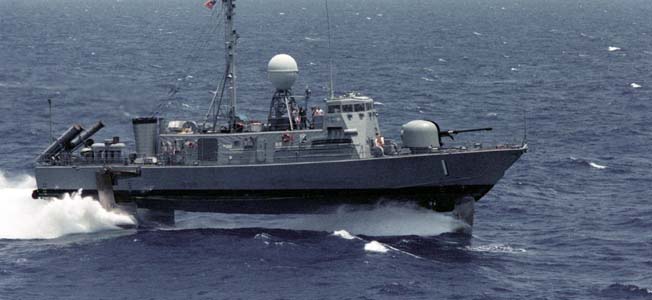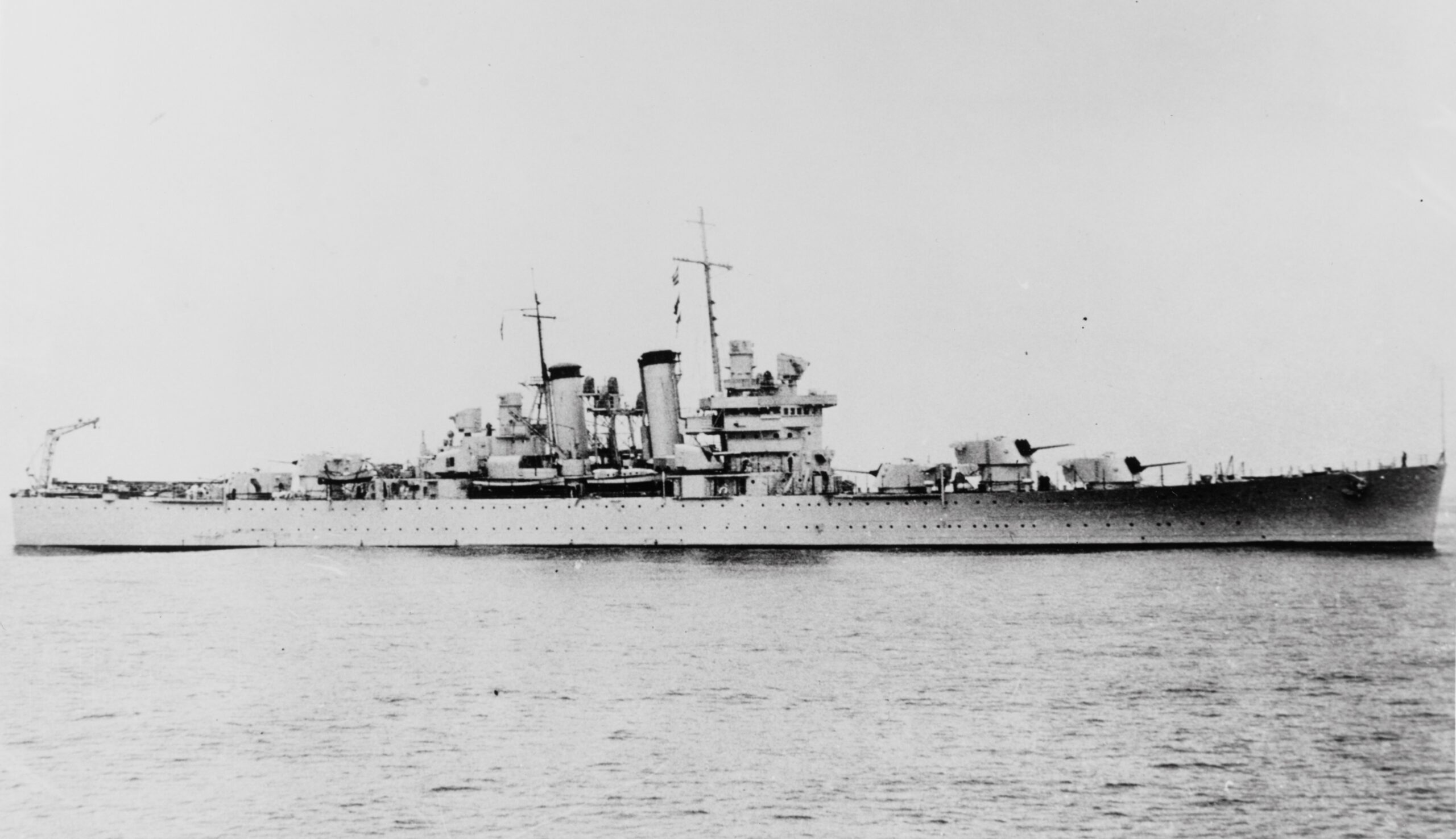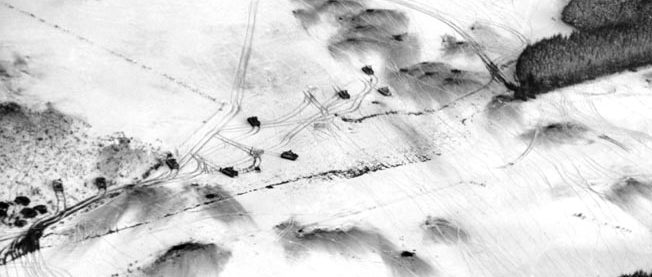by Brad Reynolds
Hydrofoil boat technology was first tested during Operation Market Time in the Vietnam War. This technology, invented in the early 1900s, had never been applied to combat vessels until the U.S. Navy (USN) deployed two preliminary hydrofoil models during Vietnam. The success of the newly developed hydrofoils USS Tucumcari and USS Flagstaff elongated USN investments in hydrofoil technology.
[text_ad]
Having heavily researched hydrofoil technology since the late 1950s, the Navy produced two propulsion platforms by the beginning of the Vietnam War. Either propellers or water jets were attached to hydrofoil struts, which lifted the ship’s hull out of the water to decrease drag, therefore increasing speed and maneuverability in all weather conditions. This technology would prove invaluable in future missions.
Operation Market Time
Operation Market Time separated the coast of South Vietnam into nine patrol areas in an attempt to blockade enemy weapons and troops from entering the country via sea. Though naval minesweepers and destroyers spent time patrolling costal waters encompassed by Operation Market Time, U.S. Navy Patrol Crafts Fast (PCF), or swift boats undertook the majority of the patrolling and boarding operations. Because of the success of PCFs had in costal waters where larger fleet ships could not operate, the USN decided to test the USS Tucumcari and the USS Flagstaff in this combat environment. From 1968-1970, the two hydrofoils were evaluated for their combat efficiency. Exceeding speeds of over 40 knots in all weather conditions, Tucumcari and Flagstaff proved ideal for the boarding and blockading operations called for in Operation Market Time.
Though the two hydrofoil patrol boats were highly effective in their initial combat tours, American ports in Vietnam were not equipped with proper equipment to maintain hydrofoil platforms. Tucumcari was equipped with water jet propulsion technology, allowing her hydrofoils to displace twice her weight when “airborne,” while Flagstaff’s hydrofoils were propeller-driven. Through evaluating over 1500 hours that hydrofoils logged in Vietnam, the jet-propelled model was deemed more reliable and would be the Navy’s propulsion system of choice going forward.
Pegasus-Class Hydrofoils
After conferences with NATO Allies regarding the research and development of Hydrofoil patrol boats, the USN began funding the Pegasus-class PHM (Patrol Hydro Missile) vessels, modeled after the original Tucumcari. These new hydrofoils could reach speeds of up to 48 knots when foil-born and could combat fleet level ships from a range of 60 nautical miles with her eight RGM-Harpoon anti-ship missiles. The Pegasus class was envisioned to deploy in NATO costal defense forces, but financial and strategic controversy would prevent this plan from moving forward.
Specifically, there were fiscal restraints during initial development in the late 1970s due to unforeseen costs and the need to upgrade many naval maintenance facilities to accommodate the Pegasus platform. The perception of the PHM as a financial burden on the fleet would stick with the class throughout its commissioned career, even though PHMs became relatively sustainable after 1982.
Hydrofoils may have been the new-age maritime defense for NATO forces, but U.S. Naval commanders never fully committed to implementing PHMs in the capacity they had originally been designed for: to create choke points in the Mediterranean and North Sea in countering Warsaw Pact and Soviet Missile boats. The first ship of the class, USS Pegasus was slated for a dress rehearsal in the Mediterranean in 1983, but planning was never executed and the newly completed Pegasus-class would be relegated to Caribbean deployments. Though PHMs were never deployed for their original purpose, they successfully participated in the Invasion of Grenada (1988) and accounted for approximately 30 percent of illegal narcotic seizures from 1982-1992. Regrettably, the perception of an overpriced patrol craft would never be evaded.
The Pegasus-class was one of the USN’s most advanced platforms, but because she had not been utilized in a significant fleet operation (Such as Operation Desert Shield/ Desert Storm), the class was marked for early retirement in 1993. Fleet commanders were not ready to replace larger fleet ships with patrol boats when strategically considering the USN’s 350-ship capacity. PHMs were ahead of their time, and their full combat effectiveness will remain untested in the annals of naval history.








Join The Conversation
Comments
View All Comments